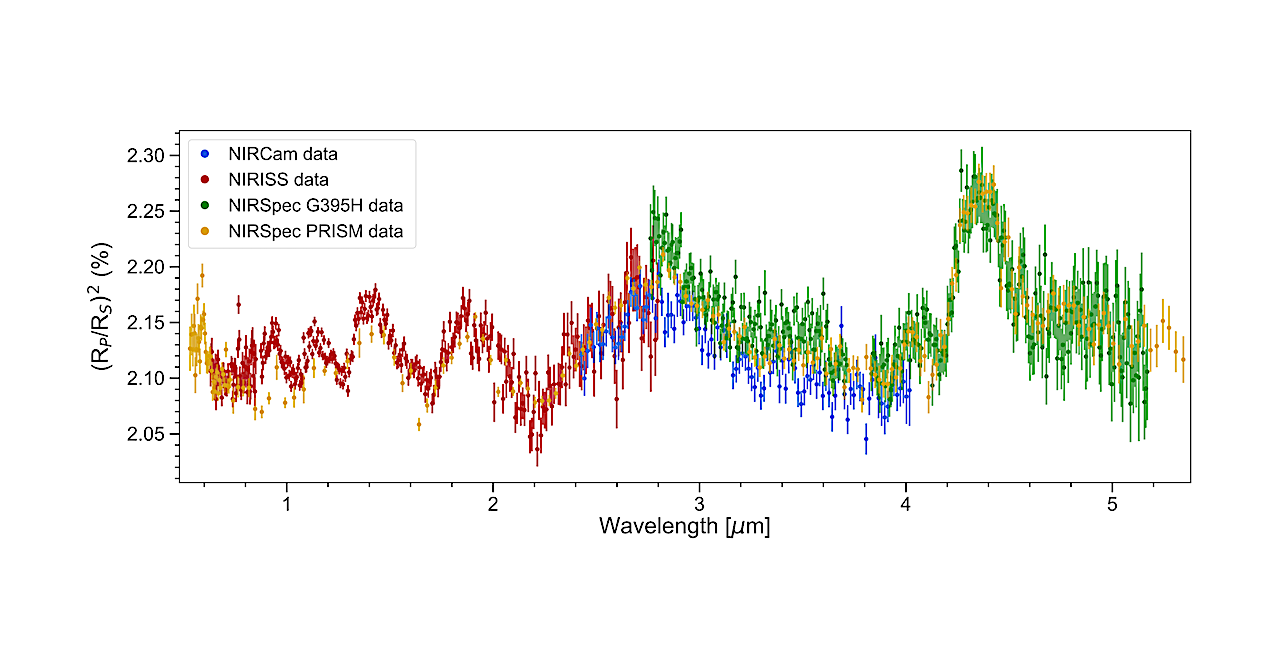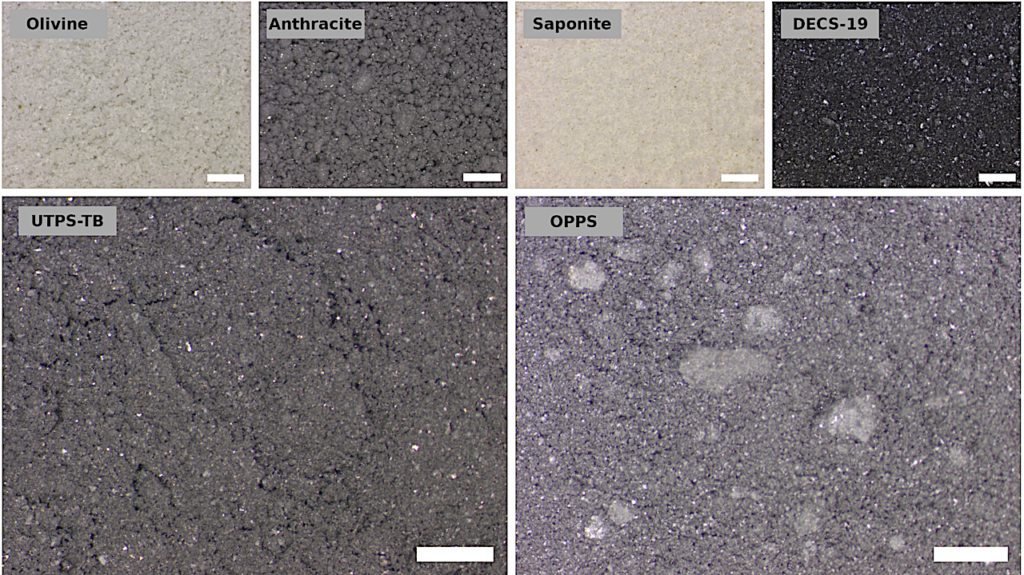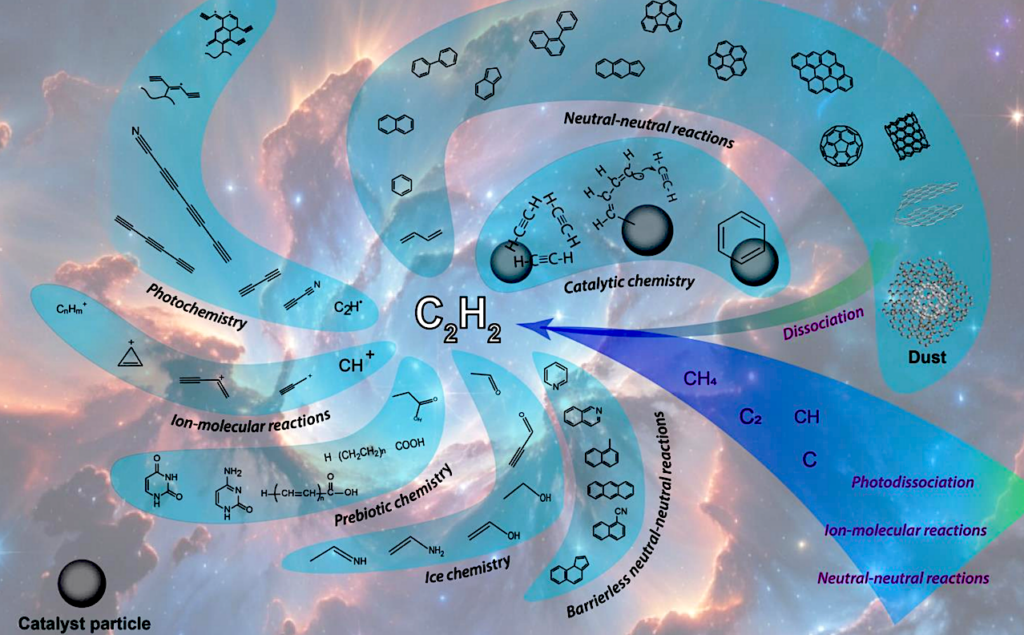Information Content of JWST Spectra of WASP-39b

WASP-39b was observed using several different JWST instrument modes and the spectra were published in a series of papers by the ERS team.
The current study examines the information content of these spectra measured using the different instrument modes, focusing on the complexity of the temperature-pressure profiles and number of chemical species warranted by the data. We examine if H2O, CO, CO2, K, H2S, CH4, and SO2 are detected in each of the instrument modes.
Two Bayesian inference methods are used to perform atmospheric retrievals: standard nested sampling and supervised machine learning of the random forest (trained on a model grid). For nested sampling, Bayesian model comparison is used as a guide to identify the set of models with the required complexity to explain the data. Generally, non-isothermal transit chords are needed to fit the transmission spectra of WASP-39b, although the complexity of the Tp-profile required is mode-dependent. The minimal set of chemical species needed to fit a spectrum is mode-dependent as well, and also depends on whether grey or non-grey clouds are assumed.
When a non-grey cloud model is used to fit the G395H spectrum, it generates a spectral continuum that compensates for the H2O opacity. The same compensation is absent when fitting the non-grey cloud model to the PRISM spectrum (which has broader wavelength coverage), suggesting that it is spurious. The interplay between the cloud spectral continuum and the H2O opacity determines if SO2 is needed to fit either spectrum.
The inferred elemental abundances of carbon and oxygen and the carbon-to-oxygen (C/O) ratios are all mode- and model-dependent, and should be interpreted with caution. Bayesian model comparison does not always offer a clear path forward for favouring specific retrieval models (e.g. grey versus non-grey clouds) and thus for enabling unambiguous interpretations of exoplanet spectra.
Anna Lueber, Aline Novais, Chloe Fisher, Kevin Heng
Comments: Accepted by A&A. 25 pages, 26 figures, 3 tables
Subjects: Earth and Planetary Astrophysics (astro-ph.EP); Instrumentation and Methods for Astrophysics (astro-ph.IM); Solar and Stellar Astrophysics (astro-ph.SR)
Cite as: arXiv:2405.02656 [astro-ph.EP] (or arXiv:2405.02656v1 [astro-ph.EP] for this version)
Submission history
From: Anna Lueber
[v1] Sat, 4 May 2024 12:51:50 UTC (40,075 KB)
https://arxiv.org/abs/2405.02656
Astrobiology,








